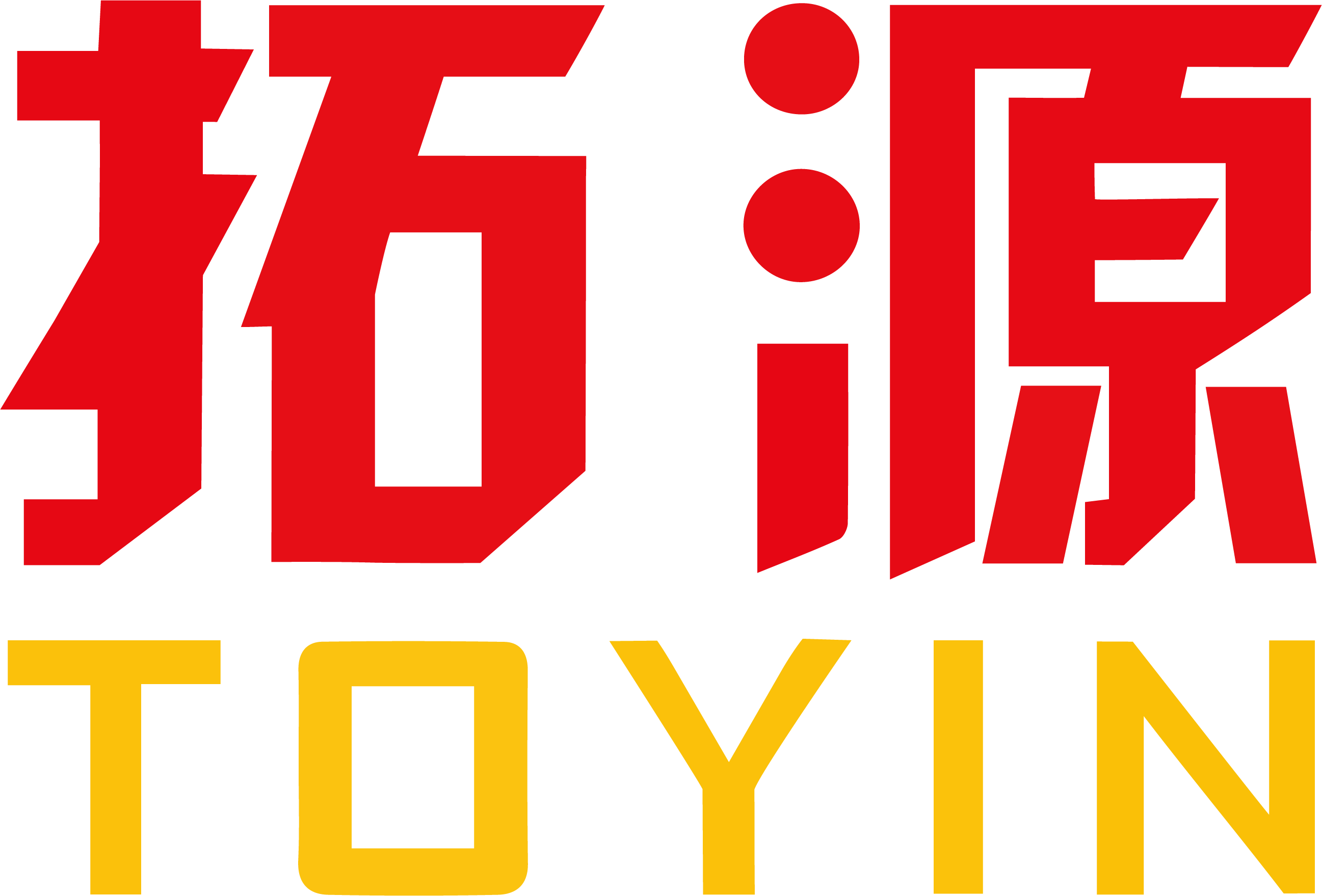One-Sentence Definition
Diamond polishing is a precision finishing process that uses a rotating, diamond-tipped tool to remove a thin layer from the edge of acrylic, resulting in a high-gloss, transparent, and mirror-like finish that sets the industry standard for clarity and aesthetics (Simply Plastics).
Detailed Explanation
In the acrylic manufacturing industry, diamond polishing refers specifically to the use of diamond-tipped rotary tools or machines to polish the edges of acrylic sheets and products. Unlike general polishing, which may use abrasives or buffing compounds, diamond polishing leverages the extreme hardness and precision of diamond to achieve a flawless, glass-like edge. The process is typically automated, allowing for consistent, repeatable results and the ability to polish multiple panels simultaneously. This method is favored for its ability to deliver the highest levels of transparency, gloss, and smoothness, making it the gold standard for premium acrylic products (Acme Plastics).

Key Components of Diamond Polishing
Diamond-Tipped Tools: The core of the process, these tools can be mono-crystalline (MCD) or polycrystalline (PCD), each offering different levels of clarity and tool life (MultiCam).
Automated Polishing Machines: Modern machines use high-speed rotating spindles and precise feed mechanisms to ensure uniform edge quality.
Process Workflow: Typically involves a roughing pass to remove imperfections, followed by a finishing pass where the diamond tool polishes the edge to a mirror finish.
Buffing (Optional): After diamond polishing, buffing can be used to further enhance gloss and smoothness.
Real-World Applications
Diamond polishing is essential in industries where the appearance and quality of acrylic edges are critical. Common applications include:
Display Stands and Retail Fixtures: High-gloss edges enhance product presentation and perceived value.
Awards and Trophies: Mirror-like finishes are a hallmark of premium acrylic awards.
Furniture and Protective Covers: Smooth, transparent edges improve both safety and aesthetics.
Custom Projects: Companies like Toyin Acrylic Products Co., Ltd. (TOYIN) utilize diamond polishing to deliver high-end, custom acrylic display racks and storage boxes, ensuring their products meet the highest standards of clarity and finish.
Comparison with Other Polishing Methods
Diamond Polishing vs. Flame Polishing: Diamond polishing physically removes material for a true mirror finish and is highly repeatable, while flame polishing melts the surface for gloss but can be inconsistent and is not suitable for all acrylic types (Simply Plastics).
Diamond Polishing vs. Buffing: Buffing is typically a final step after diamond or flame polishing, used to enhance gloss but not to remove deep imperfections.
Visual Guide: Edge Finish Comparison
From top to bottom: Saw cut, machine (diamond) polished, hand polished. Source: Acme Plastics
Related Concepts
Buffing: A finishing process using a soft wheel and compound to enhance gloss.
Flame Polishing: Uses a controlled flame to melt and smooth acrylic edges.
CNC Polishing: Automated polishing using computer-controlled machines.
Surface Finish: The overall texture and appearance of a material’s surface after processing.
For more on these related terms, see Buffing, Flame Polishing, and Surface Finish.
Looking for premium, custom acrylic products with flawless diamond-polished edges? Discover TOYIN’s solutions and request a quote today!

